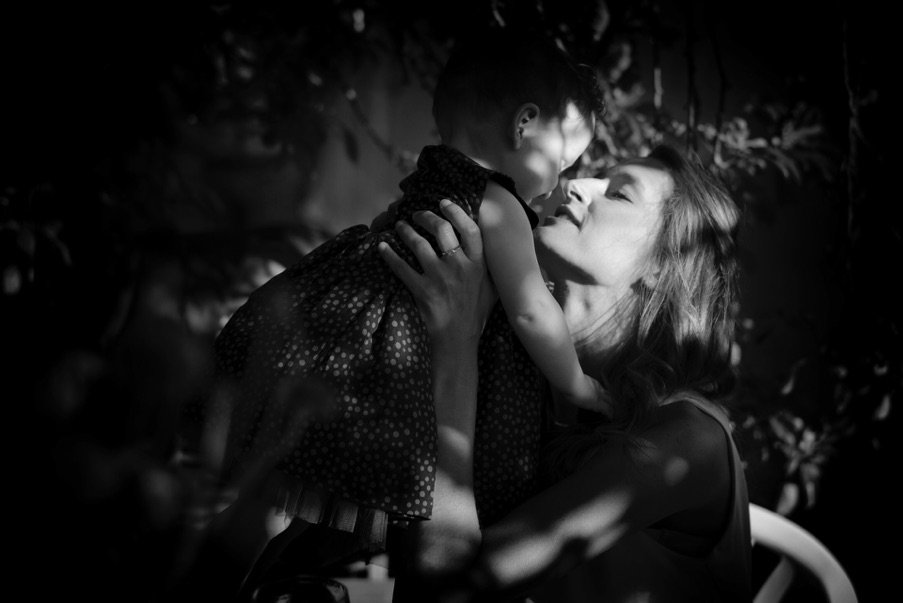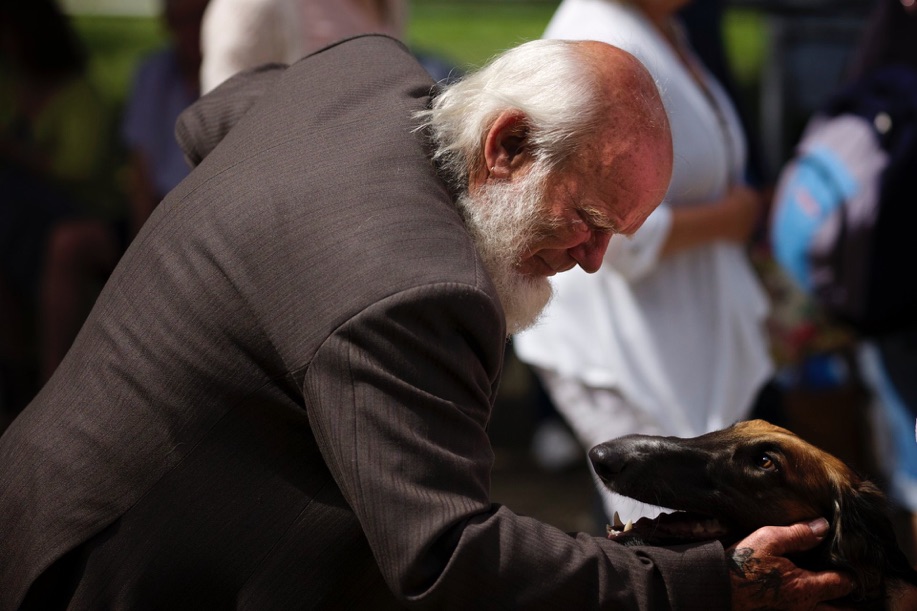Leica M Firmware Update v. 2.0.1.5

Introduction
I've seen lots of firmware updates over the years for lots of different cameras. They're always anticipated with excitement, and the one thing they all have in common is that they always seem to be an anticlimax.
The new firmware for the M(240) has certainly been awaited with interest, not least because it's arrival seems to have been put off several times. However, this firmware update is certainly not an anti- climax. Leica have consulted with lots of users, read the forums and actually listened. For me at least it's turned a fine camera with some limitations into a really excellent photographic tool.
I had just about stopped using the camera with Live view, now, the apparently small differences have really revolutionised it's use, and I find myself using it more and more, especially in conjunction with the R adapter, and with the new Macro adapter (both with and without the redesigned 90mm Macro Elmar).
I thought it was worth writing this short article just to go through the things which seem most important to me, and to discuss their implications. Sadly I can't help with the video improvements, I don't shoot video, and so I'm not competent to comment.
Here is a link to the download and to the Leica PDF document
Here is a link to the Leica User Forum page

Exif Information Improvements
This has been improved overall, but especially with respect to using R lenses with the M to R adapter. The improvement is not just in Lightroom, but also in other applications.
Live view now possible with all lenses
This fixes a problem with lenses with cutaway adapters, which fooled the lens recognition into thinking there was no lens attached.
Video Off Option
This is a real benefit for those of us who never shoot video, or for those circumstances when one isn't going to shoot video. There's nothing more irritating than finding you've pressed the video button by mistake when that decisive moment comes!
Exposure Simulation Option
Permanent. In this case (as long as the shutter speed is faster than 1/30th second, the EVF or LCD will accurately show the exposure of the image. The only exception to this is when using direct exposure compensation, where you need to half press the shutter to show the result of changes (this will probably change later on).
Release Button Half Pressed. In this case, the EVF or LCD will show the best visibility to make focusing easier, the actual exposure will be shown when you half press the shutter. This is useful in low light where underexposing could be a good option, but where the Permanent mode makes the screen difficult to read.
Auto ISO Changes
Several changes here -
First of all the adjustment to Auto ISO are available on the Auto ISO button. to change the Auto ISO Defaults you need to hold the ISO button down, then use the up and down arrows to choose the function, and either the right and left arrows to modify it, or else use the dial on the back.
Secondly, the ISO figures are now in white and are much much easier to read than before
Thirdly, there are new options for maximum exposure time at 2x and 4x the focal length, very useful in circumstances where it's vital to get sharp photos
Fourthly (and most important of all) there is an option to use Auto ISO in Manual mode (this has been the most often requested feature in the forums). This was omitted with the M on the basis of requests from another group of users! Now both groups will be happy. If you switch this off, then the camera will choose the last used ISO as before.
Crop Marks in Live view
Press the up and down arrows to select the different crop marks.
Direct Exposure Compensation option
To do this, choose Exposure Compensation in the Set menu, then you press the down arrow to highlight Direct Adjustment - at which point you can use the right and left arrows to choose On and Off. When its switched on, the thumb dial on the back controls the exposure compensation (like the rear dial on the M9), but it's much nicer to use than on the M9. This also makes the focus assist button on the front into a 'one function' button. It makes a huge difference to the handling of the camera both in live view and using the rangefinder.
New light metering mode, classic, live view disabled
Just as pressing the video button was a real irritation in a fast shooting environment, pressing live view by mistake could be just as disastrous, and if you were really concentrating you wouldn't know what was wrong for a few seconds: Just that the camera had slowed down drastically. This option disables the Live view button. I don't use it very often, but it's really useful when shooting an event, or another situation where you need to get a lot of shots off quickly.
Focus Peaking options
Focus peaking is now available in red, blue and green - good for different lighting situations.
Using the camera in Live view
For my use the changes make the difference between the camera being fiddly and irritating to use with the EVF, to becoming a real pleasure. The use of Exposure Compensation really comes into it's own when shooting this way, and it needs to be used in conjunction with focus assist. Having to use the focus assist button to change the exposure compensation was a real irritant. Now there is a nice fluid way to work, with full time EV Comp on the rear dial and using the front focus assist button for zooming in where necessary. Putting the Permanent option in the exposure simulation menu further refines the shooting experience.
Shooting with R lenses worked fine before, but it was always irritating not to be able to see all the exif information relating to the lens, that's been fixed as well, and together with the 1x, 2x, 4x options in the Auto ISO setup I feel quite in control.

Using the camera in Rangefinder Mode
This is still the way I use my M cameras most, and despite the improvement to Live View that's the way it will remain. I still prefer to focus that way, and I love the way the framelines allow you to see around the subject.
First of all the ability to use Auto ISO in manual mode (TAV mode as some others call it). I find this particularly useful in a number of situations; In a concert is a good example - you might feel that 1/60th was as low as you wanted to go with the shutter speed, and you might like to have an aperture of f2.8. Now you can do this and allow the camera to use Auto ISO to get the exposure just right. Another situation might be shooting from a moving car - in this case you would probably pre-focus, select a respectably fast shutter speed and a smallish aperture and let the camera look after your exposure for you - I'm sure there are many other similar situation. Of course this was available on the M9, but in that case it was compulsory, now you can elect to use the last chosen ISO value when you don't want to go into Auto ISO.
Allowing Exposure Compensation to work directly on the thumb-wheel isn't just useful in Liveview, but also in lots of high contrast situations.
If you're concentrating hard, and shooting frequently, there's nothing more irritating then pressing the video or live view buttons by mistake; it takes some time to realise what's wrong, and by the time you have understood then the moment may be lost. The ability to switch off both of these buttons is a real benefit.
This firmware version has been very thoroughly tested on the LUF website, with an extremely 'lively' discussion between testers. Leica have really listened, bugs and infelicities were found. I think everyone involved thought it was a great success, and I feel sure that Leica will want to repeat the performance for the next update.

Leica M with Leica 100mm APO macro elmarit R
Leica M with Leica 60MM macro elmarit R
Leica M with Leica 50mm summilux Asph

Leica M with Leica Macro Adapter M and the Leica f0.95 Noctilux at f).95